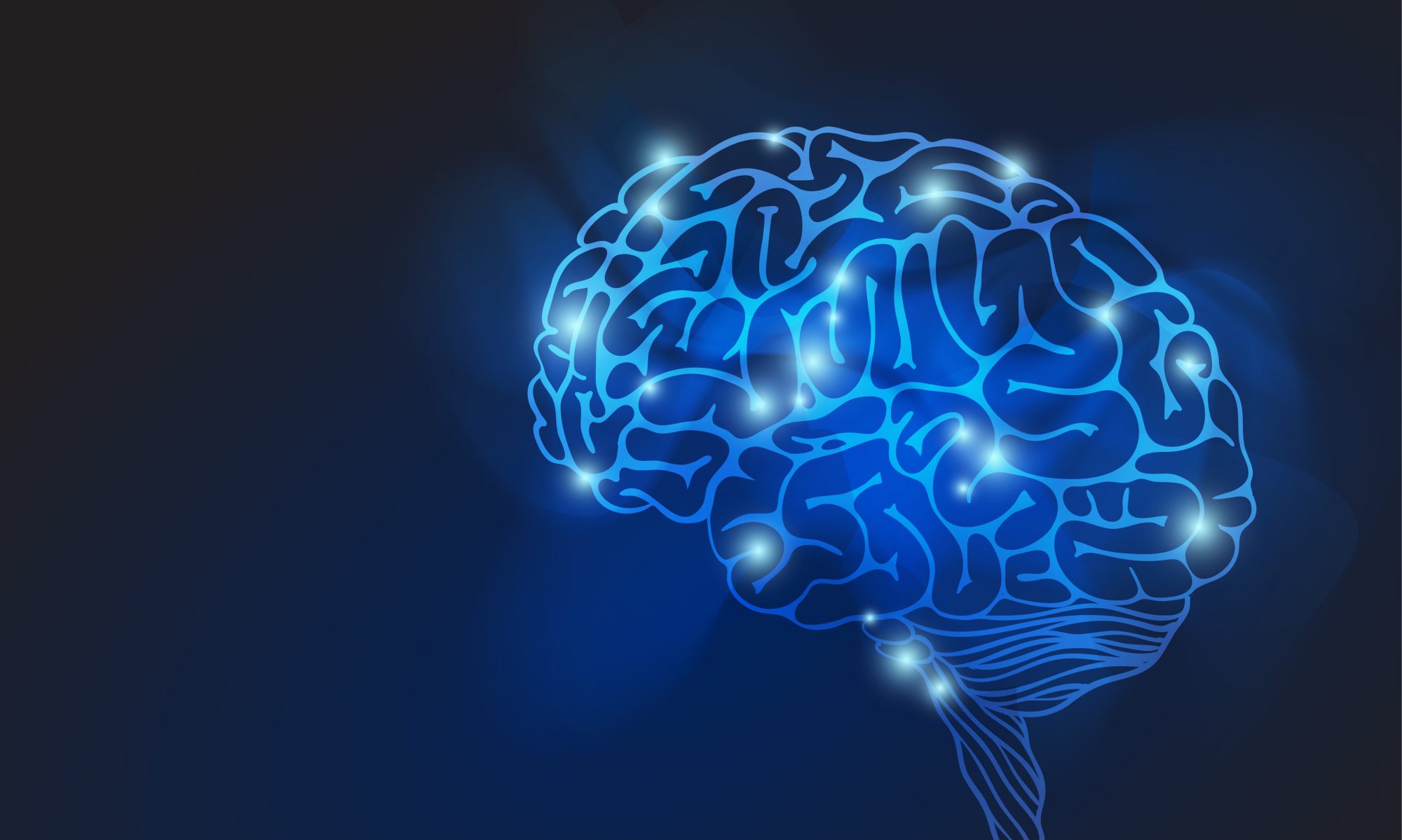Over the course of the semester, our trainees are reviewing webinars in their given fields and preparing abstracts to help colleagues outside their discipline make an informed choice about watching them. As our program bridges diverse disciplines, these abstracts are beneficial for our own group in helping one another gain key knowledge in each other’s fields. We are happy to share these here for anyone else who may find them helpful.
Kaitlin Casaletto, PhD
MAC Research Education Event, USCF Memory and Aging Center
June 11, 2019
In this seminar, Kaitlin Casaletto goes over how the brain changes as we age and potential ways to improve health in the brain as we age. In typical cognitive aging, cognition rapidly improves until about age 30, where it begins to decline. In a neurogenerative disorder, cognition begins to decrease much more rapidly than normal and can begin around age 40. Some research has suggested that a lot of the neurodegeneration is preventable. The modifiable risk factors for dementia include vascular disease, physical activity, cognitive and social stimulation, diets and drug use, and mood and stress.
To address vascular disease, increasing insulin resistance, decreasing obesity, and decreasing smoking can be ways to improve. Vascular disease causes hyper intensities, white spots on a certain type of MRI image. Research was done that showed that with peripheral inflammation there was more of these hyper intensities on the MRI images and a decrease in the amount of grey matter. They also found reduced cerebral blood flow associated with cognitive decline in aging.
Research also found that nearly all physical activity promotes better brain aging. The increased exercise is also associated with neurogenesis in the brain. When the blood of exercised mice was injected into the blood of non-exercised mice, the neurogenesis that results from exercise was still observed. The exercised blood was then analyzed and a few factors were found that could have potentially been responsible for the neurogenesis. It was also found that some of these factors are higher in humans who have exercised.
I am hoping that there will be more imaging that can be done in the future to better locate regions in the brain that have increasing or decreasing amounts of cerebral blood flow as people age. I’m also hoping other MRI modalities can be used to further study how the brain ages and what can be done to stop it. The part of the presentation that goes over exercise and its benefits on the brain mostly only discusses neurogenesis, but I hope that they would do more research regarding the synaptic strengths in the brain and the number of synapses and connections also to show more of the physical changes that happen with exercise.


